More Soil Substrate Comparisons
penfold2
12 years ago
Featured Answer
Comments (11)
greenman28 NorCal 7b/8a
12 years agopenfold2
12 years agoRelated Professionals
Rossville Landscape Architects & Landscape Designers · Stoughton Landscape Contractors · Matteson Landscape Contractors · Milford Mill Landscape Contractors · Shoreview Landscape Contractors · South Lake Tahoe Landscape Contractors · Wallingford Landscape Contractors · Watertown Landscape Contractors · Wickliffe Landscape Contractors · Banning General Contractors · Forest Hills General Contractors · Peoria General Contractors · Cave Spring Decks, Patios & Outdoor Enclosures · Asheville Decks, Patios & Outdoor Enclosures · Dracut Decks, Patios & Outdoor Enclosureswantonamara Z8 CenTex
12 years agowantonamara Z8 CenTex
12 years agomeyermike_1micha
12 years agowestes Zone 9b California SF Bay
6 years agorina_Ontario,Canada 5a
6 years agolast modified: 6 years agowestes Zone 9b California SF Bay
6 years agowestes Zone 9b California SF Bay
6 years agorina_Ontario,Canada 5a
6 years ago
Related Stories

LANDSCAPE DESIGNNatural Swimming Pools: More Beauty, No Chemicals
Keep your skin and the environment healthy with a pool that cleans itself, naturally
Full Story
GREAT HOME PROJECTSHow to Give Your Driveway and Front Walk More Curb Appeal
Prevent injuries and tire damage while making a great first impression by replacing or repairing front paths
Full Story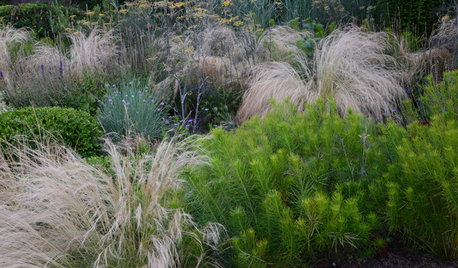
GARDENING GUIDES4 Ways to Break the Rules in Your Garden
For a more creative landscape design, take a different approach to planting
Full Story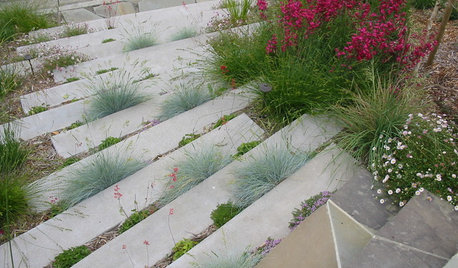
PLANTING IDEASPlant Your Hardscape for Unexpected Green
Nestle greenery among pavers, steps and more for a yard brimming with life and creativity
Full Story
LANDSCAPE DESIGNIs It Time to Consider Fake Grass?
With more realistic-looking options than ever, synthetic turf can be a boon. Find the benefits and an installation how-to here
Full Story
FALL GARDENINGMake This Fall’s Garden the Best Ever
Learn the most important tip for preventing buyer’s remorse, plus get more valuable buying and planting advice
Full Story
HOUZZ TVHouzz TV: How to Make and Plant a Veggie Box
See how to start edibles from seed, then transfer the seedlings to a box on stilts to make harvesting more fun
Full Story
GREEN BUILDINGOff the Grid: Ready to Pull the Plug on City Power?
What to consider if you want to stop relying on public utilities — or just have a more energy-efficient home
Full Story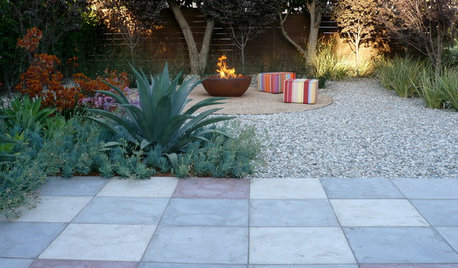
MATERIALSPrecast Concrete Pavers Make a Versatile Surface in the Garden
You can use concrete pavers in a variety of shapes and colors for your patio, walkway, driveway and more
Full Story
CONTRACTOR TIPSYour Complete Guide to Building Permits
Learn about permit requirements, the submittal process, final inspection and more
Full StoryMore Discussions






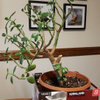
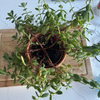
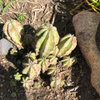
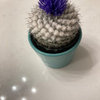
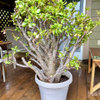
rina_Ontario,Canada 5a